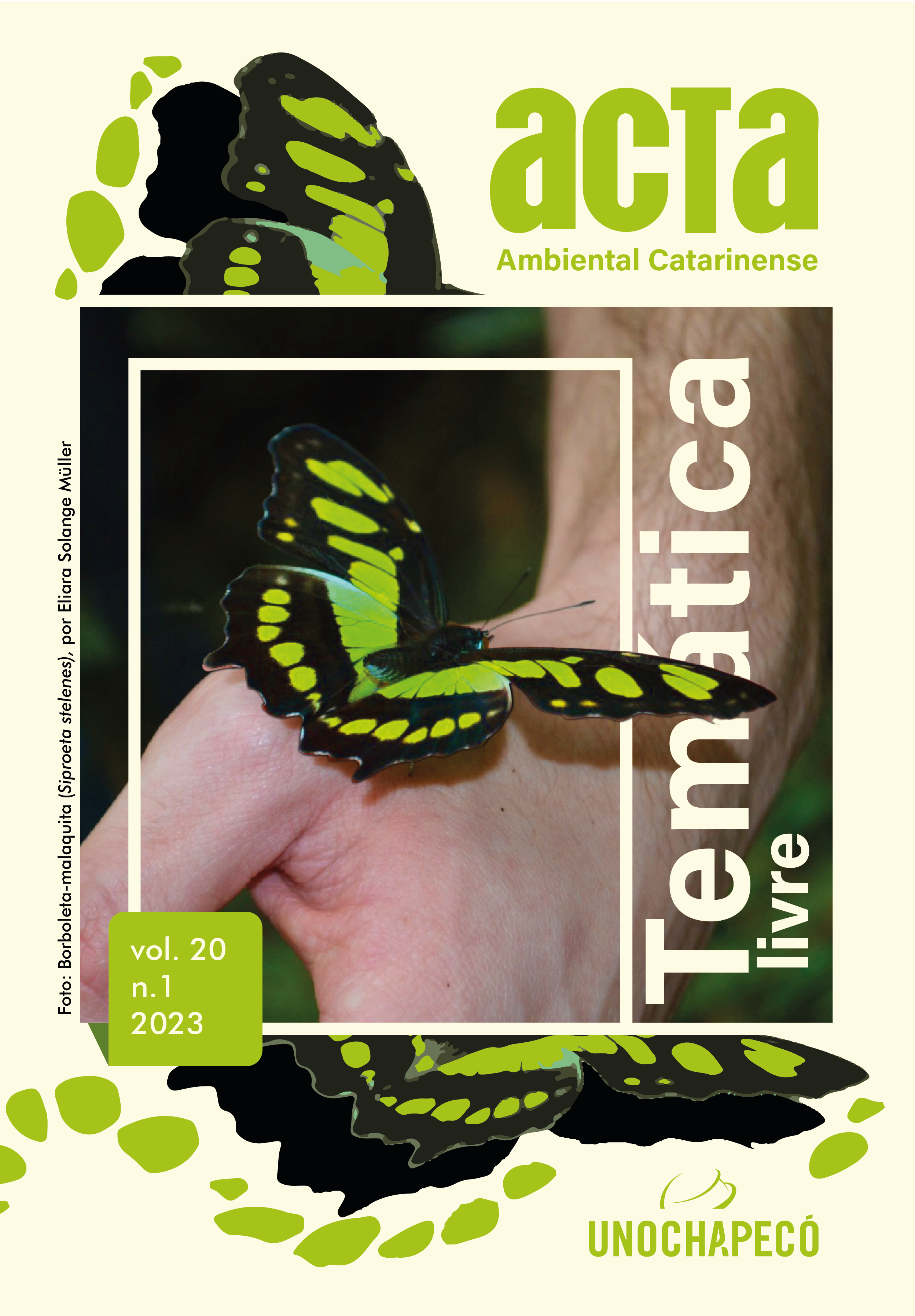INFLUENCE OF RUST (Puccinia mikaniae) IN THE PRODUCTION OF COUMARIN IN ‘GUACO’
DOI:
https://doi.org/10.24021/raac.v20i1.7016Keywords:
Mikania glomerata. Mikania laevigata. Secondary metabolites. Rust disease.Abstract
In this study, we investigated the role of a rust disease (Puccinia mikaniae H. S. Jacks. & Holw) by the production and accumulation of coumarin in Mikania glomerata Spreng. (Asteraceae). Known as “guaco,” this plant is native to Brazil and its leaves are used for the treatment of respiratory disorders, and coumarin is its chemical marker. The coumarin content was analyzed in samples obtained from both healthy and stressed from rust disease leaves of M. glomerata, and from a healthy M. laevigata. The sample obtained from the healthy leaves of M. glomerata, collected as the plant was stressed by the fungus, showed 0.94% of coumarin, which was significantly higher than the other samples analyzed. Leaves from a healthy seedling of the same individual, obtained by cutting, showed 0.68% coumarin. The other samples, including the sample of M. laevigata, presented a content around 0.3%. This differentiated coumarin production seems to indicate a defense mechanism, a systemic resistance response, acquired due to the fungal attack. Thus, in order to obtain a product with high coumarin content, it is possible the use of healthy leaves from guaco plants with rust disease.
Downloads
Downloads
Published
Issue
Section
License
Copyright (c) 2023 Revista Acta Ambiental Catarinense

This work is licensed under a Creative Commons Attribution-NonCommercial-NoDerivatives 4.0 International License.
Estou ciente de que, em sendo aprovado, a publicação do artigo será no formato on-line no Portal de Periódicos da Unochapecó.Também tenho ciência de que há autorização para assumir contratos adicionais separadamente, para distribuição não-exclusiva da versão do trabalho publicada nesta revista (ex.: publicar em repositório institucional ou como capítulo de livro), com reconhecimento de autoria e publicação inicial nesta revista.
















